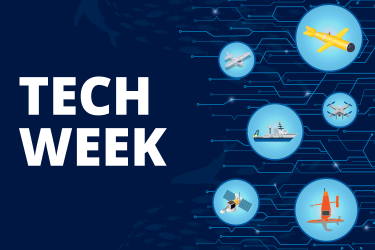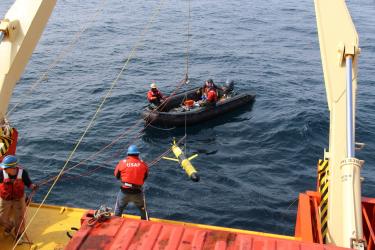The United States is one of the world’s biggest suppliers of seafood. Ensuring the quality and safety of products sold here and overseas requires leading-edge science. And that’s exactly what our National Seafood Inspection Laboratory does.
A key role of the lab is to test products collected through our Seafood Inspection Program. This fee-for-service program helps ensure that seafood processors and distributors—both in and outside of the United States—are complying with food safety, quality, and trade requirements. Many of the products that pass through the lab are destined for foreign countries, where they’ll be sold in grocery stores or added as an ingredient in animal feed.
Located in Pascagoula, Mississippi, the lab houses two teams that test products for bacteria and chemicals that threaten seafood safety. Check out our web story series below to learn more about the lab’s work and the people who do it.
Meet the Expert: Stephanie Haynes
Vibrio parahaemolyticus is a bacteria found in oysters that can give you food poisoning. Learn about the work Haynes and others at the lab are doing to help develop a test that identifies the bacteria by a unique gene marker.
Read the Q&A
Meet the Expert: Stephen Bell
Learn about the tests conducted by the lab’s microbiology team and how new technology is leading to more efficient, accurate testing.
Read the Q&A
Meet the Expert: Johnathan Likens
New testing equipment will often save time in the long-run, but only after an extensive validation period. Read about how Likens validated a new instrument and method for testing for staphylococcus aureus.
Read the Q&A
Meet the Expert: Cheryl Lassitter
Find out how technology advancements in the lab are helping Lassitter and her chemistry team detect concentrations well below traditional detection and measurement levels.
Meet the Expert: Lisa Price
Depending on their atomic makeup, different forms of the same chemical can affect humans differently. That’s why Price is leading the development of new testing methods that can tell these chemical variations apart.
Read the Q&A








